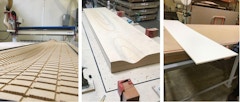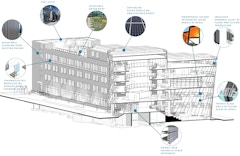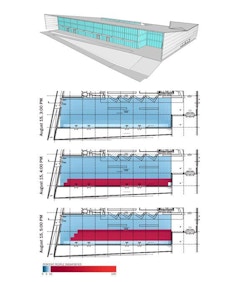
Case Study: Kao Ho Hospital Development, Kaohsiung, Taiwan
U-shaped annealed profiled glass, or U channel glass is used in both the interior and exterior glass façade for decades, as it has long and durable

U-shaped annealed profiled glass, or U channel glass is used in both the interior and exterior glass façade for decades, as it has long and durable

Closed cavity facades (CCF), a configuration of Double Skin Facade (DSF), consists of a double-glazed unit on the inner layer and single glazing on




Today's sustainability in architecture takes into consideration the complete life cycle of buildings and their components, from resource harvesting

Navigating the building code, while challenging in any respect, can be even trickier when considering the use of emerging materials on building

The traditional building facade as a permanent construction does not actively respond to the differing needs from varying weather conditions.

As building enclosure consulting services evolve and mature in markets, the scopes of service that are provided and sought, can become more


Since the beginning of the pandemic, building enclosures have received closer scrutiny, with everyone from consumers to building professionals to local and federal government, wanting to know more about their technologies and performance. The BESTfest seminar brings together industry leaders and...

Glass has become a popular building material that is used not only for windows but also as a load-bearing material. New dimensions of glass panes in


This paper analyzes sustainable retrofit strategies for an existing research laboratory building, located in a cold climate. This facility is

Curtain walls and window walls are typically specified to meet a variety of different performance and testing criteria, some of which can be quite

Direct sun on the body is a known potential cause of thermal discomfort for occupants, yet most thermal comfort simulations do not capture its
Transposing innovation from government funded research to commercially viable solutions becomes ever more important when combined with the urgent
